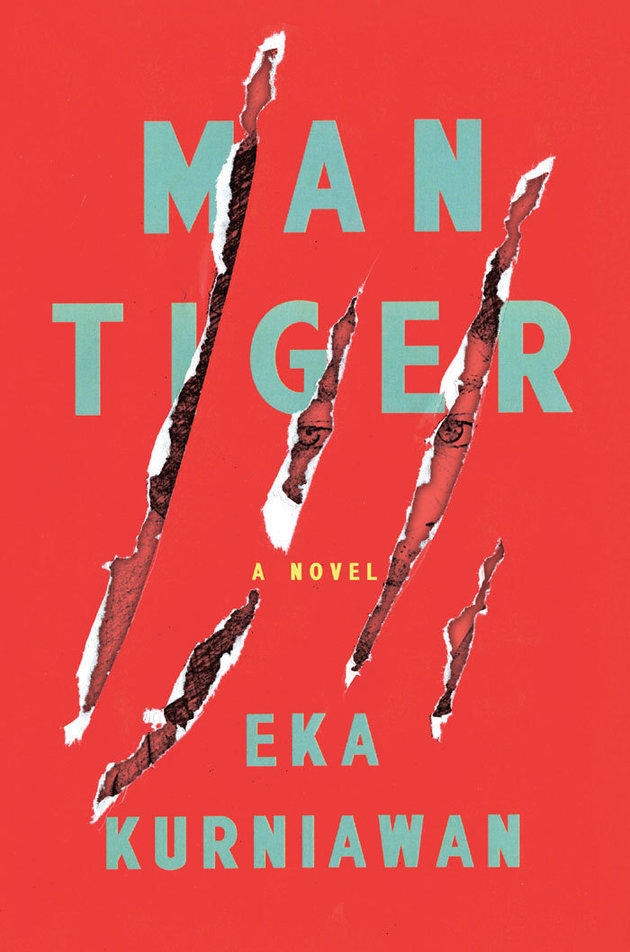Few crime novels reveal the identity of both the killer and the victim in the first sentence. But then, Man Tiger isn’t really a crime novel in the traditional sense. Set in an unspecified village on the coast of Java, it opens with the brutal murder of Anwar Sadat, a failed painter and known womaniser, by young Margio, a normally calm boy, who, when interrogated by the police confesses that he did so under the influence of a tigress who has been living inside his body. From there, the narrator takes us on a journey back to the genesis of this crime: into Margio’s childhood, his growing hate for his abusive father and confusion about his long-suffering mother, the ties with the village neighbours, and his encounter with the tigress. The lack of evident motive and suspense do not detract from the tension of this well-constructed novel. The rhythm may feel slow, even repetitive sometimes (the book is written like a folktale as one long flow with barely any dialogue, and with multiple overlapping narratives), but the unraveling of the complex psychology of the characters and the relationships between them is so spellbinding that it keeps the reader engaged until the final chapter.
Through its depiction of everyday life in the village, the novel immerses the reader in the social reality of a rural Indonesia that is also infused with Islam and Hindu-Buddhist beliefs as well as traditions of animism and spiritualism (these last particularly rooted in Java). Therefore, the irruption of the supernatural – be it in the encounter with the white tigress, both a spirit and physical animal inherited from his grand-father, or a magically narrowing grave that seems to reject the body it’s meant to welcome – comes as no surprise to the characters, and by virtue of that, to the reader, like in folktales and, more specifically, the epics told in wayang (the ancestral and popular art of Indonesian shadow puppet theatre) where supernatural creatures fight alongside queens and kings until the invariable triumph of good over evil. Except the story here is far less simplistic: at once humorous and bleak, mundane and thrilling (with the right amount of bawdy), Man Tiger draws its force and inspiration from many sources (crime novel, wayang, magical realism, social critique) and, as is generally the case with great writing, escapes easy categorisation.
This article was first published in the Summer 2016 issue of ArtReview Asia.
